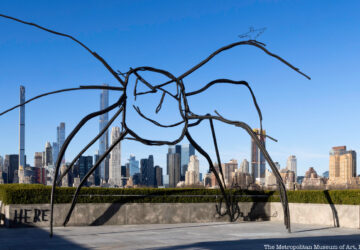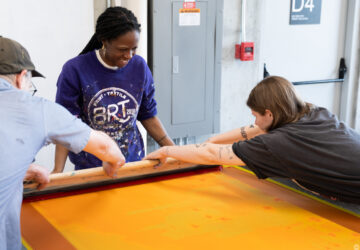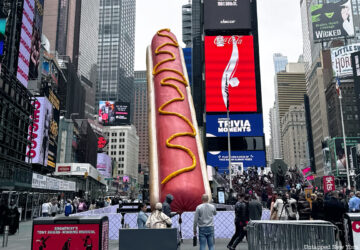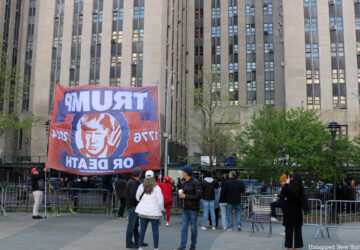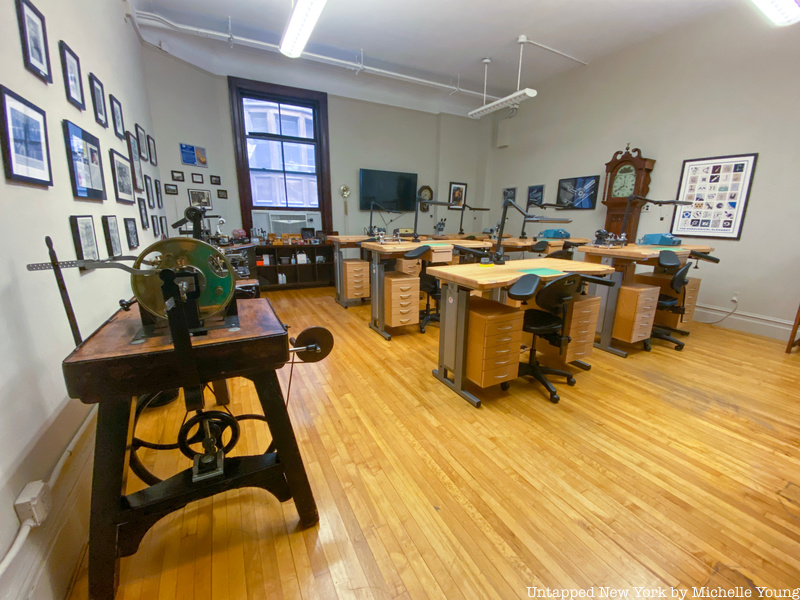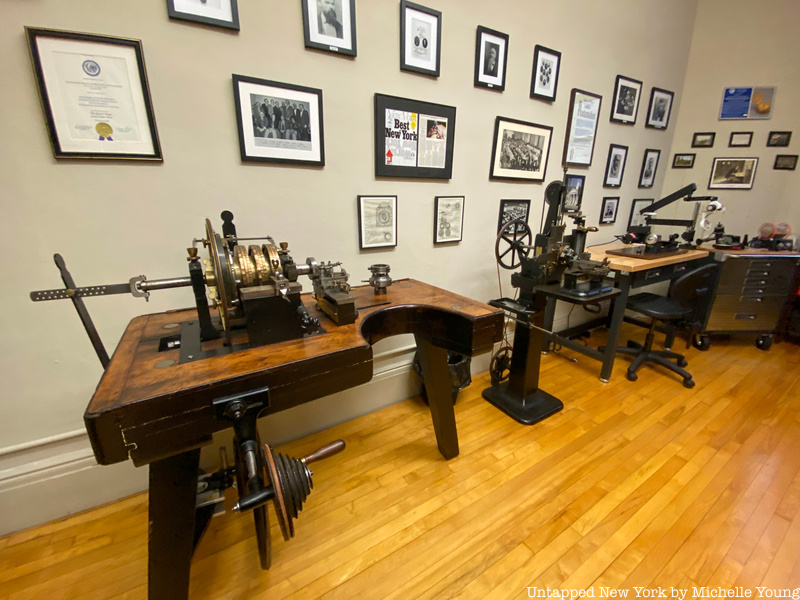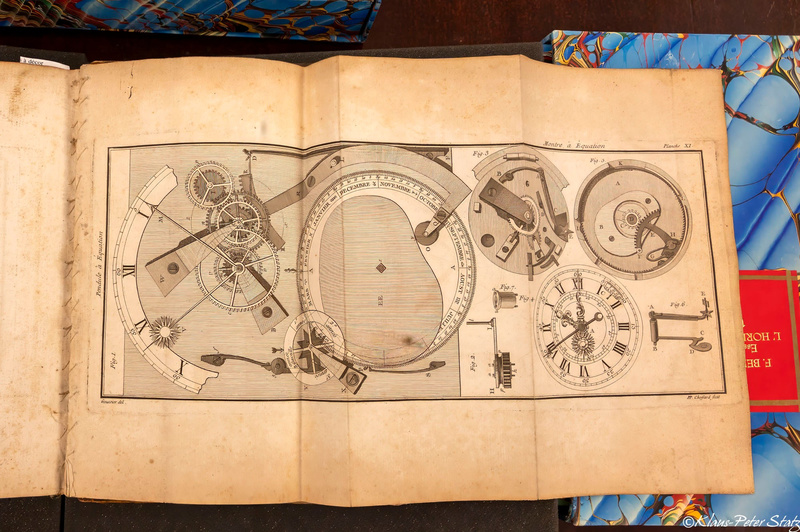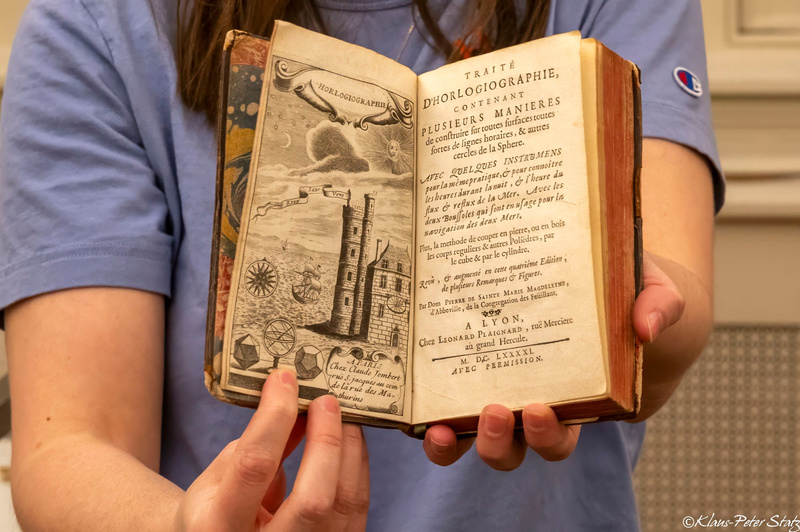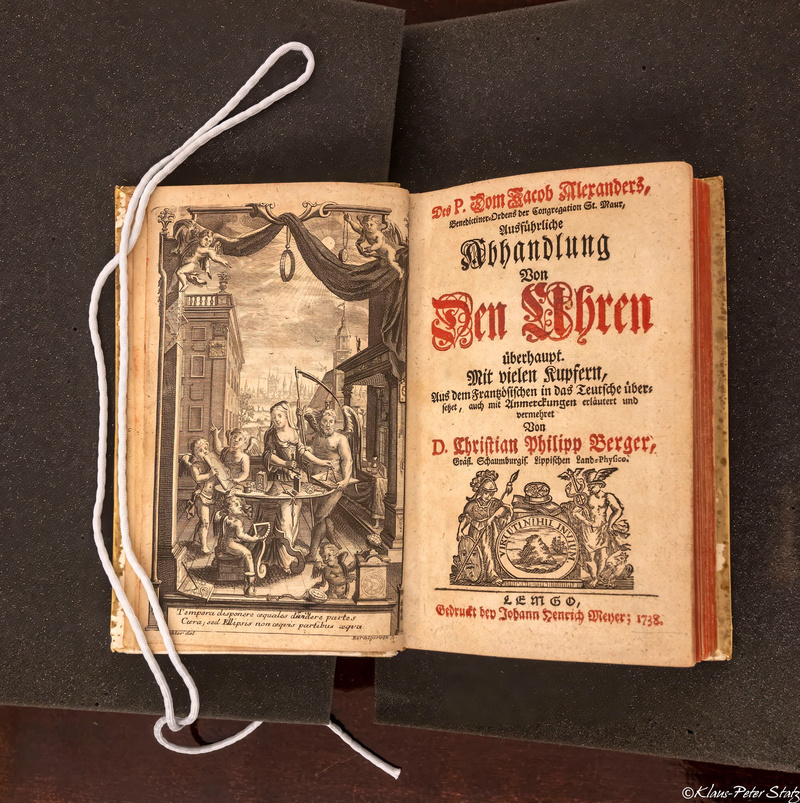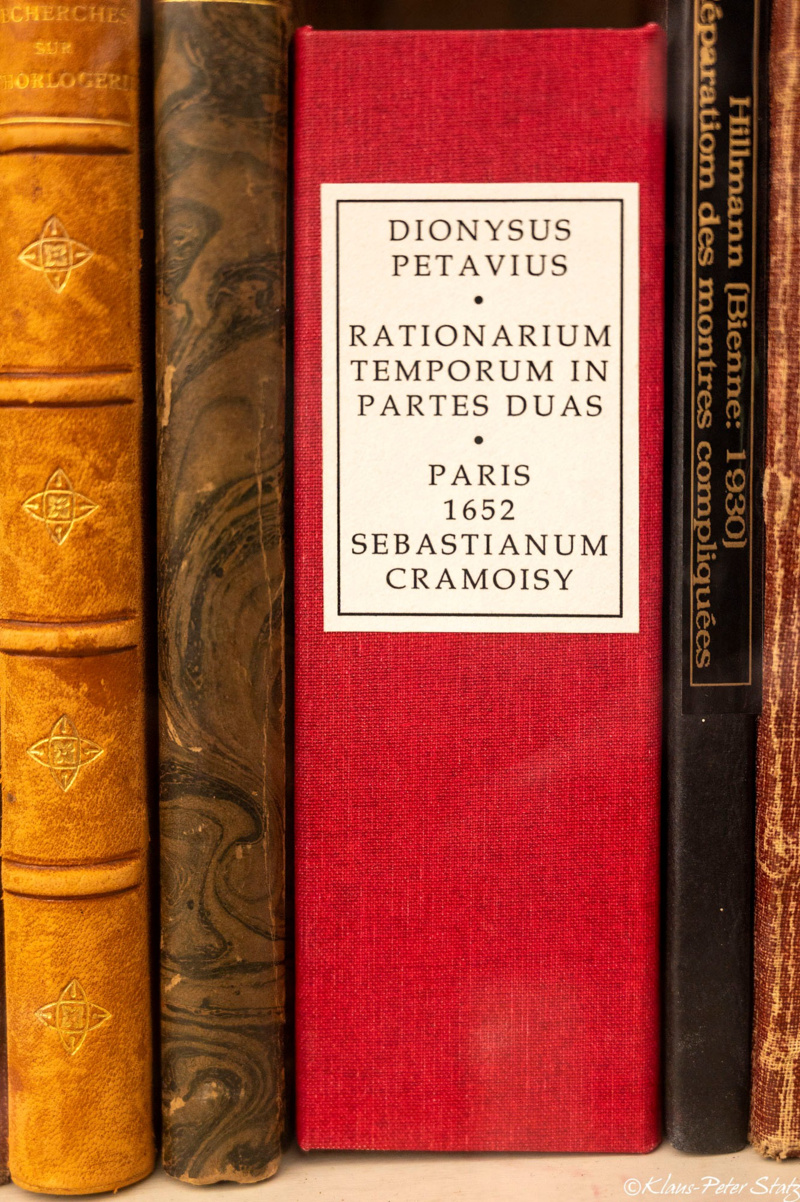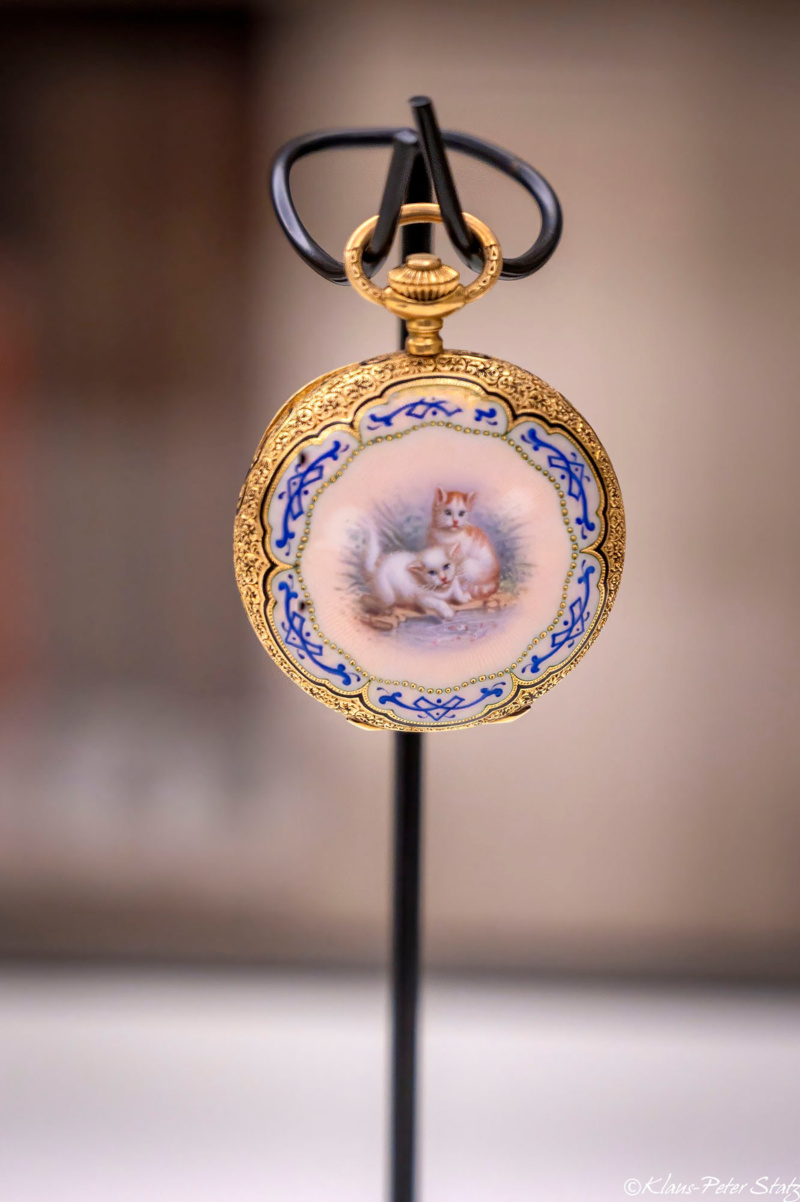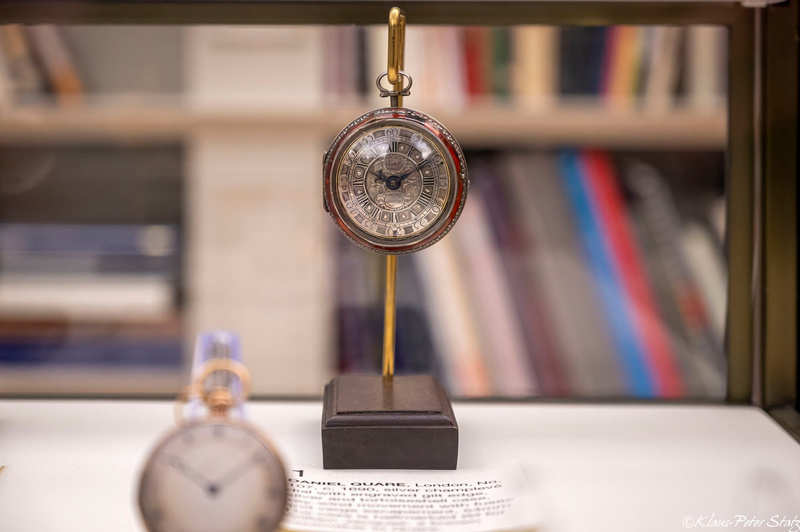Did you know America’s oldest watchmaking guild is still in existence? Founded in 1866, the Horological Society of New York is one of the oldest operating horological associations in the world. Today, it operates as a nonprofit organization dedicated to advancing the art and science of horology: the study and measurement of time. Untapped New York Insiders recently got to tour the library and exhibition spaces. Check out photos from the visit below!
The Horological Society has been calling Midtown Manhattan home since 2018, more specifically the General Society Building. Located on “Club Row,” famously named due to a high concentration of clubs on the block (Harvard Club, New York Yacht Club, and the Penn Club, to name a few), HSNY’s monthly lectures by industry leaders take place downstairs in the General Society of Mechanics and Tradesmen Library — the second-oldest continuously operating library in New York City. The General Society building exudes an authentic “old New York feel” where you might just spot famous actors filming scenes on any given day! The Marvelous Mrs. Maisel was filmed inside the gorgeous hallways and staircases of the building.
The Horological Society houses the original watchmaking bench, tools, and patents of Henry B. Fried (1907-1996), regarded as “the dean of American watchmakers” by The New York Times. Fried authored fourteen books on watchmaking that continue to be in high demand and are used as textbooks in watchmaking institutions. He served as President of the Horological Society in the 1950s and the Henry B. Fried Scholarship for watchmaking students was established in his honor in 2017. You’ll find his desk and other archival materials inside a wood-paneled classroom with historic and modern tools to learn on.
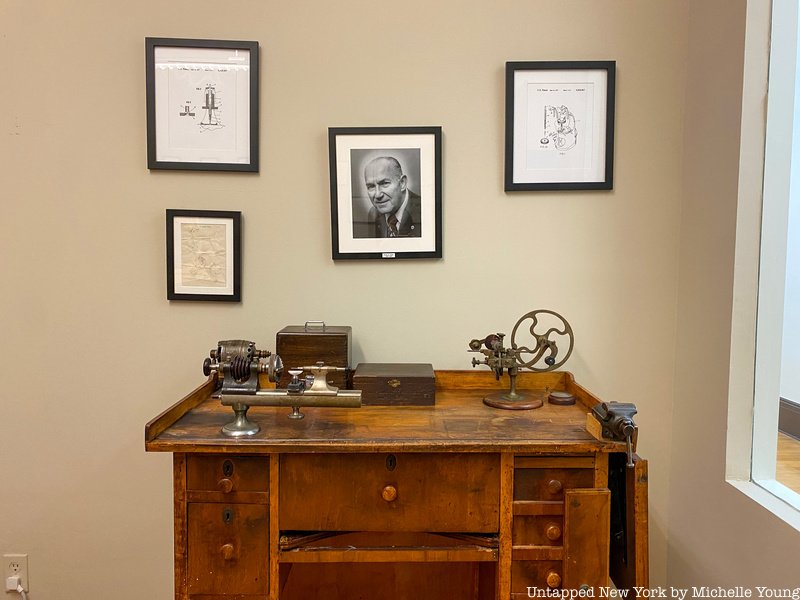
Untapped New York Insiders got to see some of the inner workings of a watch at one of the benches, thanks to Executive Director Nicholas Manousos.
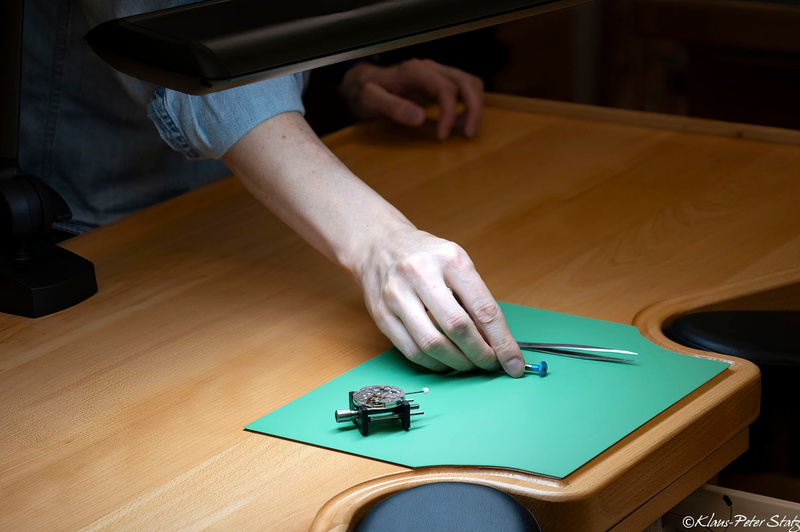
The Horological Society’s recently completed research library boasts an extensive collection of rare and important texts in the field of horology. A resource for watchmaking students and aficionados alike, HSNY has one of the largest and most comprehensive horological libraries in the world, complemented by a digital cataloging system accessible worldwide. Insiders got to see a selection of texts up close during their tour.
Since the 1950s, the Horological Society of New York has offered classes to the public, taught by professional watchmakers. In Horology 101, learn about how mechanical watch movement works and the proper usage of watchmaking tools. Horology 102 takes an in-depth look at the gear train, covering terminology, functionality, and theory. Explore the winding and setting works of mechanical watch movement in Horology 103, and in Horology 104, spend time examining what makes a mechanical watch movement tick.
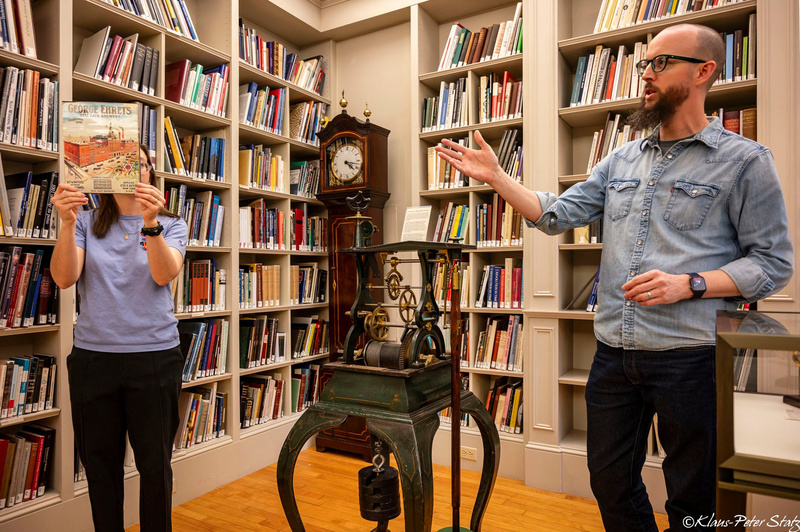
In addition to the classroom, the highlights are the unique clocks on display. There is a rare clock movement by E. Howard & Company that was once on top of the ornate Rupper Tower of the Hell Gate Brewery (once the largest brewery in America) in Yorkville, Manhattan. It’s still in working order and survived to this day with little alteration, giving us a glimpse into the level of workmanship in the 19th century. The clock movement was salvaged before the demolition of the building in 1969 and was taken care of by Conrad Milster, the Chief Engineer of the Pratt Institute, who donated the clock on his retirement.
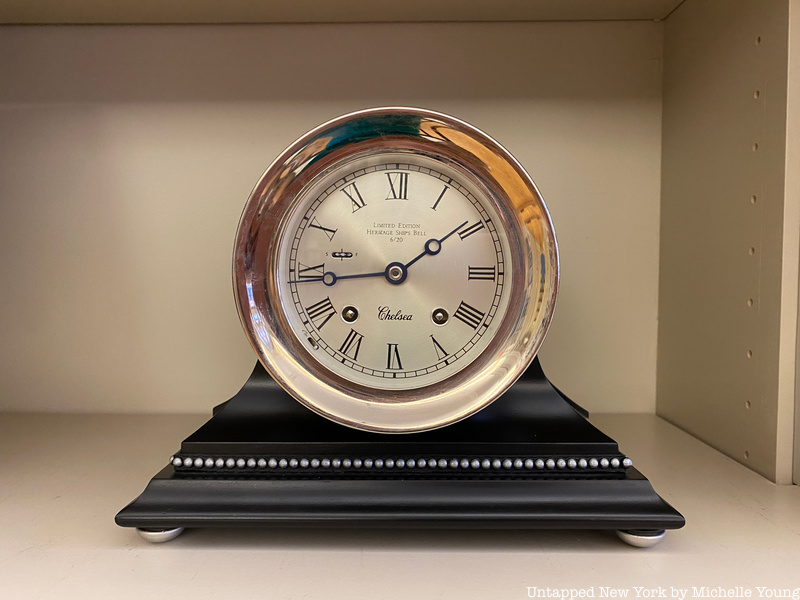
Other treasures include an Atmos clock that is powered by changes in the atmosphere. As Horological Society Executive Director Nicholas Manousos tells us, “It’s as close as we can get to a perpetual motion machine. There’s a bellows in the back…and it’s full of gas. It’s this gas that’s sensitive to parametric changes. So just the difference in temperature between night and day is enough for it to move and that’s what gives it power.”

A Tiffany pocket watch on display was rediscovered in a safety deposit box of the Horological Society, decades after being donated to the organization. Everything from the safety deposit box was sold, except for this watch. There is also a traditional grandfather clock with a Westminster chime, a mantel clock from a rare French maker, and more.
When untapped New York Insiders visited, there was an exhibit of pocket watches on display. The exhibit, exhibit, Pocket Genius: The Watch Collection of Alex Ku, highlighted more than 50 rare timepieces from the 1690s to the 1990s. In the slideshow below you can see a Patek Philippe for Tiffany & Co. from roughly 1890 and an engraved tortoise case watch made by Daniel Quare in 1690, similar to a Quare watch from the collection of J.P. Morgan which is now housed at the Metropolitan Museum of Art.
Join Untapped New York Insiders for our next behind-the-scenes tour! Get your first month free with code JOINUS when you become an Insider today.
Next, explore the Lost History of the New York Sun Clock and Thermometer!
